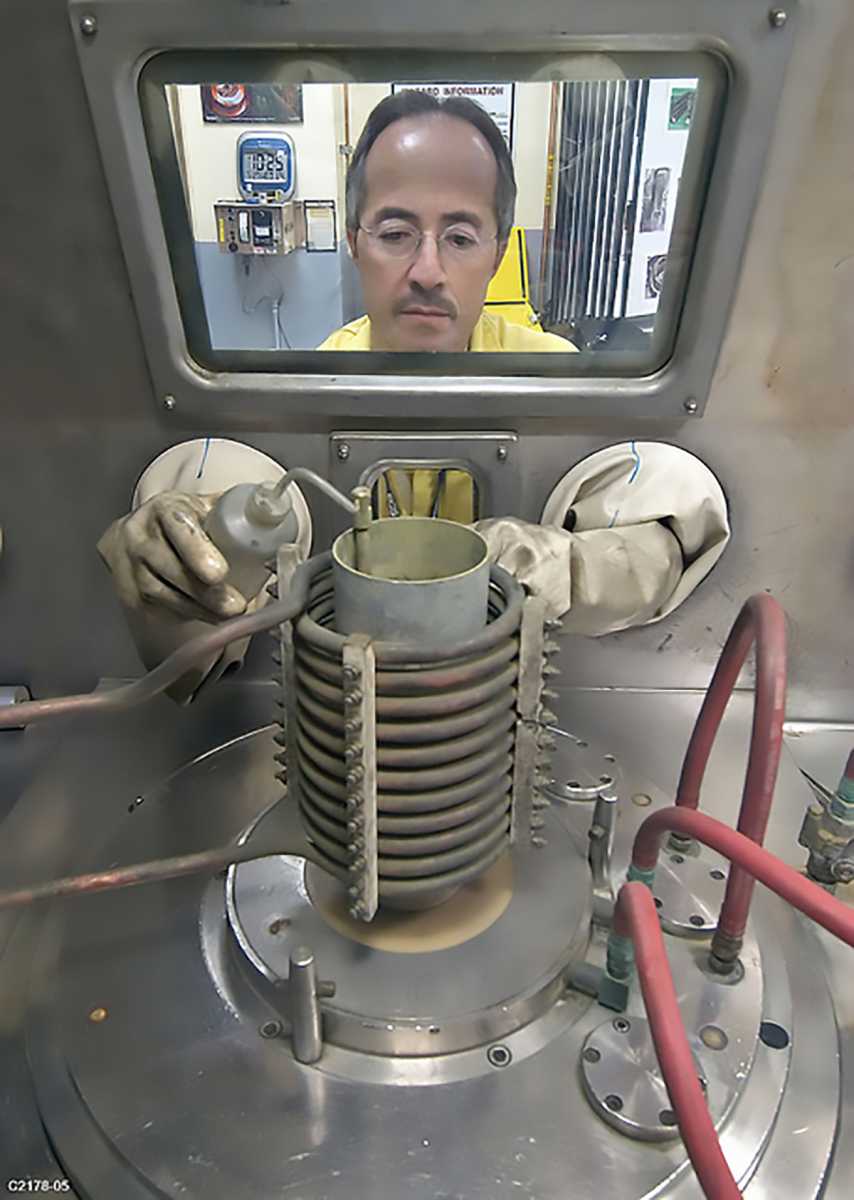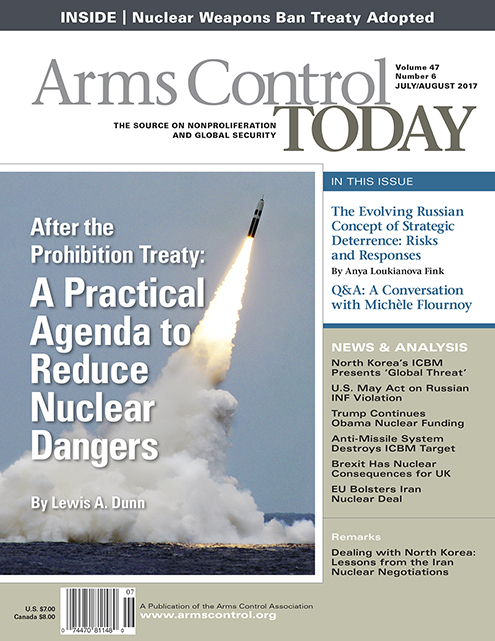 A wide-ranging investigation published in June by the Center for Public Integrity revealed unpublicized safety lapses at Energy Department nuclear weapons sites during the past decade that the group said endangered the lives of laboratory workers and, in some cases, imperiled site operations. The investigation also found that the government imposed relatively small penalties on the contractors operating the sites.
A wide-ranging investigation published in June by the Center for Public Integrity revealed unpublicized safety lapses at Energy Department nuclear weapons sites during the past decade that the group said endangered the lives of laboratory workers and, in some cases, imperiled site operations. The investigation also found that the government imposed relatively small penalties on the contractors operating the sites.
In one particularly serious incident documented in the investigation, technicians at Los Alamos National Laboratory in New Mexico “placed rods of plutonium so closely together on a table in 2011 that they nearly caused a runaway nuclear chain reaction, which would likely have killed all those nearby and spread cancer-causing plutonium particles.” The accident prompted the shutdown until last year of the facility at the lab that houses virtually all the country’s plutonium operations, including the testing and production of the plutonium pits for U.S. nuclear weapons. In a June 19 statement, Frank Klotz, administrator of the semiautonomous National Nuclear Security Administration, defended the agency’s safety record and said it withheld more than $82 million in contractor payments in the 2013-2016 period due to “a range of safety and operational issues at Los Alamos.”—KINGSTON REIF





